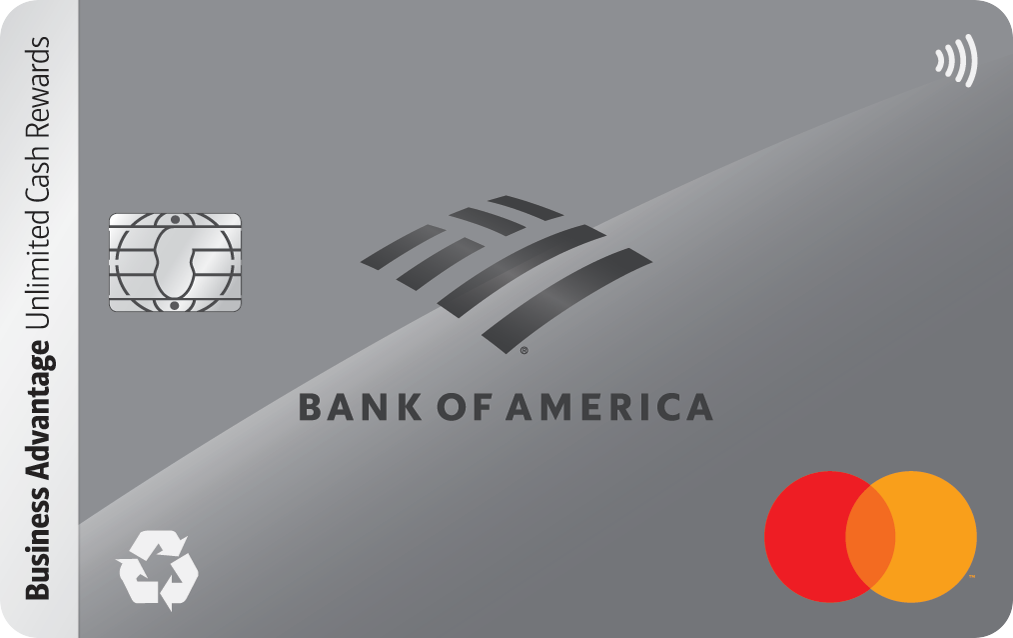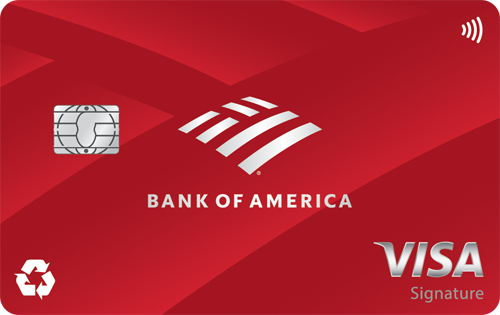The Real Difference Between a 680 and a 740 Credit Score (and What It'll Cost You)

Image source: Getty Images
Most people know that a higher credit score is better -- but how much better? What does it really cost to fall just one tier below?
The average credit score in 2025 is 715, according to Motley Fool Money research. Yours might be above that, or below. And while a few points here or there may not change how lenders treat you, once the gap widens, the financial impact gets real. Especially when you're moving between major credit tiers.
For example, a credit score of 680 sits at the lower end of the "good" range, while 740 breaks into "very good" territory. Both of these scores aren't too far from the national average, but they unlock very different rates, terms, and perks.
1. Mortgage rates: A small score gap can cost tens of thousands
Let's start with the biggest loan most people ever take on: a mortgage.
Suppose you're applying for a $400,000, 30-year fixed mortgage. Here's how your credit score might affect the interest rate you're offered:
| Credit Score | APR | Est. Monthly Payment | Total Interest Over 30 Years |
|---|---|---|---|
| 680 | 7.00% | $2,661 | $558,036 |
| 740 | 6.25% | $2,463 | $486,633 |
Total difference: over $71,000
To be fair, a lot can change over a 30-year mortgage. If your credit score improves down the road, you may be able to refinance into a lower rate and save money over time. But this example shows just how much a lower score can impact your finances right now -- especially if you're locking in a loan with today's rates. Even a small bump in your score before applying could lead to serious savings.
2. Auto loans: Higher monthly payments, even on smaller balances
Auto lenders are also score-sensitive. According to MyFICO, here's the rate difference you could expect with different credit scores, based on a 60-month new car loan:
- 680 score (prime): ~9.963%
- 740 score (prime): ~6.695%
On a $35,000 car loan, that difference could cost you an extra $55 per month, and over $3,300 extra in interest over the life of the loan.
Even though both of these scores fall into the "prime" range for FICO® Scores, there's quite a big difference in the rates that are offered.
3. Insurance premiums: A hidden cost many don't realize
In many states, your credit score plays a role in how much you pay for car and home insurance. It doesn't show up as an interest rate -- just a higher premium.
According to Motley Fool Money research, drivers with poor credit often pay more than double what those with excellent credit are charged. Even a modest difference, like $50 more per month, can add up to over $6,000 in extra premiums over a decade.
Got good credit? You may qualify for better rates. See our top insurance carriers for people with strong credit scores.
4. Credit cards: Missed rewards and higher APRs
Most of the best credit cards (including travel cards, 0% intro APR cards, and big cash back cards) prefer applicants with higher credit scores.
That doesn't mean you'll be approved or denied strictly on your score (I've been denied for some cards even with an 800+ score). But when your score is lower your approval odds typically drop.
That also means missing out on premium rewards rates, long 0% intro APRs, or welcome bonuses worth $750 or more. These can be incredibly valuable perks. But you need the credit score to unlock them.
Raising your score is worth it
Here's the bright side: moving from a 680 to a 740 (or higher) isn't some impossible leap.
Many people can see a 40- to 60-point boost within a year or two by practicing good credit habits. Here are a few that make a huge difference:
- Paying down credit card balances (lowering your utilization)
- Setting autopay to never miss a due date
- Not opening or closing too many accounts at once (and keeping your oldest cards open to improve history length)
- Asking for a credit limit increases on existing cards slowly over time
By far the biggest factor is making sure your bills are paid on time, every time.
Even small tweaks can have a big payoff. The difference between "good" and "very good" credit could be tens of thousands of dollars over your lifetime.
Want to put your credit score to work? Check out our favorite credit cards for good-to-excellent credit -- including top rewards cards and 0% intro APR offers.
Our Research Expert



